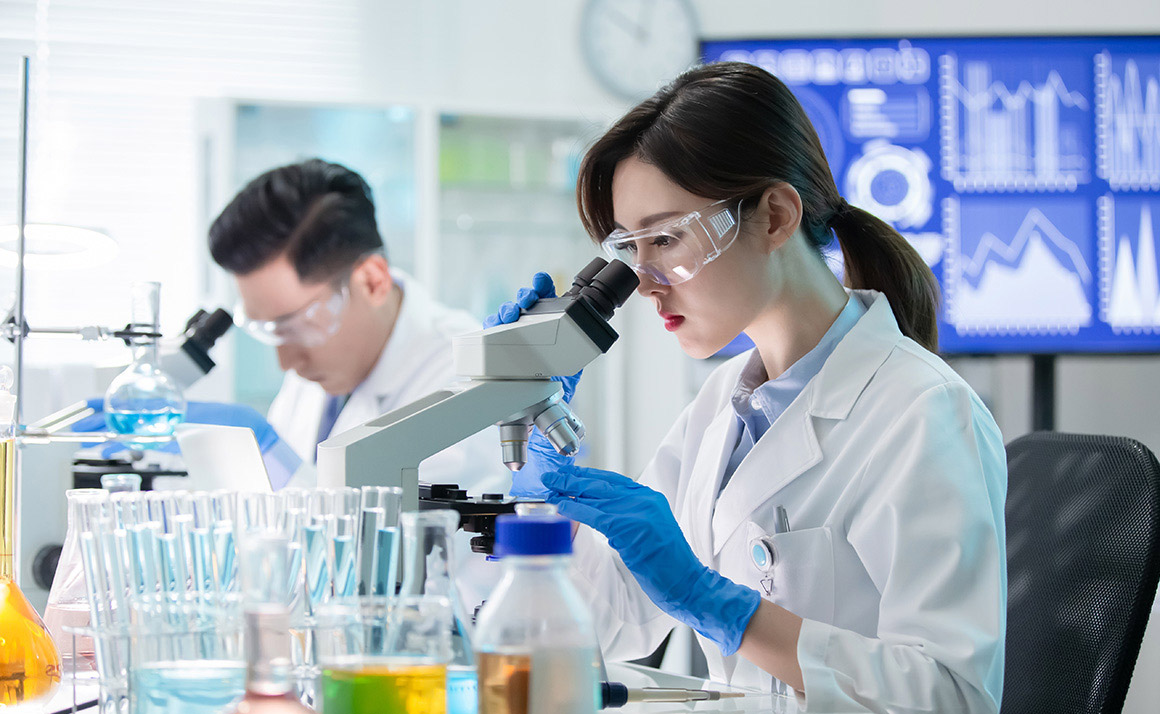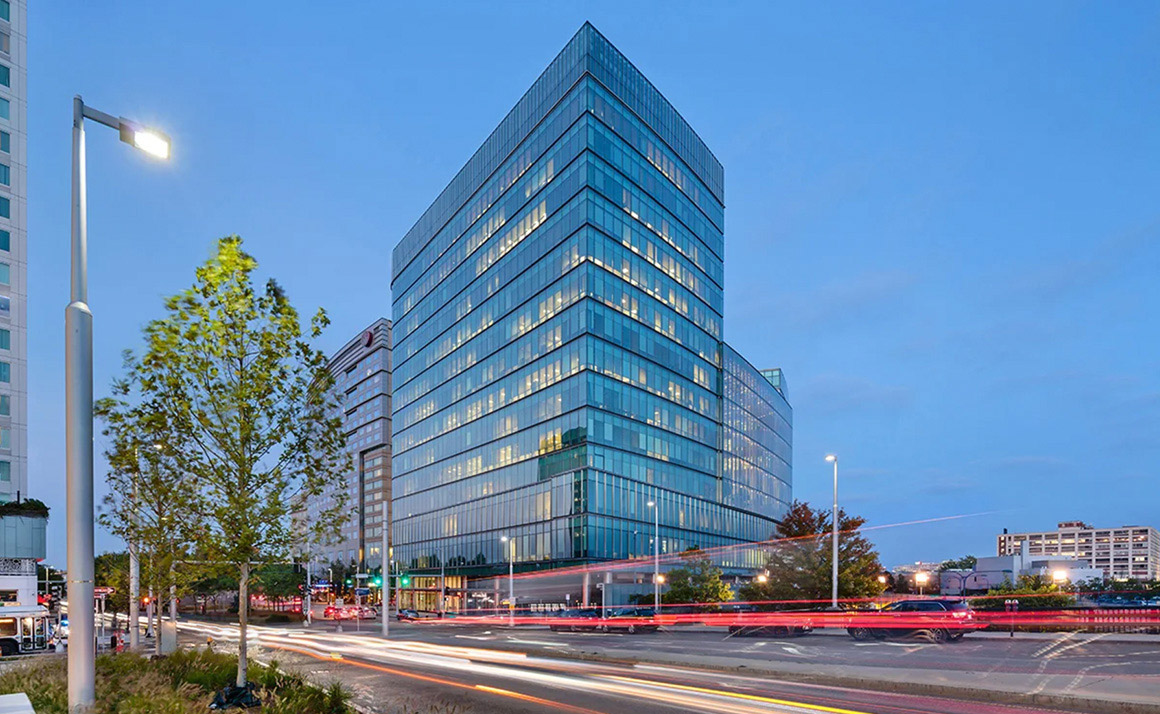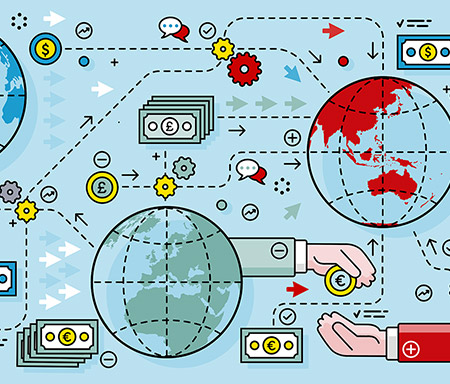
Signs of life
Before 2020, life sciences real estate was an unsung niche, but when Blackstone racked up $18 billion of deals, people started to take notice.
Businesses in the life sciences field include pharmaceuticals, biotech, biomedical devices and genomics; the tools driving health and longevity in the developed world. The race to develop a vaccine for COVID-19 has thrown life sciences companies such as pharma giants Pfizer and AstraZeneca into the spotlight. It is big business: Deloitte estimates total global sales of prescription drugs will hit $1.18 trillion by 2024. Aside from the fight against COVID, ageing populations across the developed world mean growing demand for the industry’s products.
Life sciences real estate tends to be a mix of office and laboratory space and is considered a niche of the office market, however some manufacturing space is more akin to industrial space. There are clusters of life sciences businesses all over the world, often close to leading research universities, however, most investable life science real estate is located in Cambridge, Massachusetts in the US, thanks to its world-beating universities.
Blackstone, which led the $14.6 billion recapitalisation of its BioMed Realty business and bought a $3.45 billion portfolio from Brookfield last year, is a leader in the field, alongside a real estate investment trust and a number of developers experienced in building high-tech lab space. The end of 2020 saw a rush of deals, with more than $5 billion of transactions in the Cambridge area alone.
Outside the US, the only developed market for life sciences real estate is the UK, where a “golden triangle’ of Oxford, Cambridge and London has seen a number of real estate investors, including BioMed Realty, get involved.
Asia Pacific does not have the same concentration of elite universities as the US and UK, however its educational establishments are growing in importance. China’s Tsinghua and Peking Universities are in the Times University Rankings top 50 universities, at 23rd and 24th place respectively, as are the National University of Singapore, University of Melbourne, Kyoto University, University of Queensland, University of Tokyo and Hong Kong University.

Simon Smith, head of Asia Pacific research and consultancy at Savills, says: “Looking at the best universities and university clusters is a good way to see where life sciences businesses are located in this region and where the growth will be. At present, much of the property these businesses occupy is owned by the public sector, however we expect opportunities for investors and developers in the future. There will also be opportunities to convert office space to life sciences usage.”
However, internationally-ranked universities are not the only route to life sciences success; South Korea is one of the leading filers of life sciences patents in Asia and its government is pushing plans to triple its share of the pharma and medical device industries.
The opportunity in life sciences is nowhere clearer than in India, which is one of the world’s leading manufacturers of pharmaceuticals and the industry is now worth $43 billion. It has a number of clusters for pharma and medical device industries and for biotech and bio-pharma. International firms located in India include GSK, Novartis, Merck, Roche and 3M. The Indian government provides a range of incentives for life sciences companies and permits 100% foreign direct investment (FDI) for greenfield investments.
“We anticipate increased demand for land, space for production facilities, R&D bases, built-to-suit and plug & play facilities,” says N. Srinivas, managing director, industrial and logistics, at Savills India. “Many Indian and international developers are evaluating the sector due to its growing attractiveness and the need for diversification. Foreign pharma companies will continue to be attracted by the size of India’s domestic market, incentive schemes and the lower cost of skilled workers.”
Further reading:
Impacts on life sciences
Contact Us:
Simon Smith | Srinivas N.



